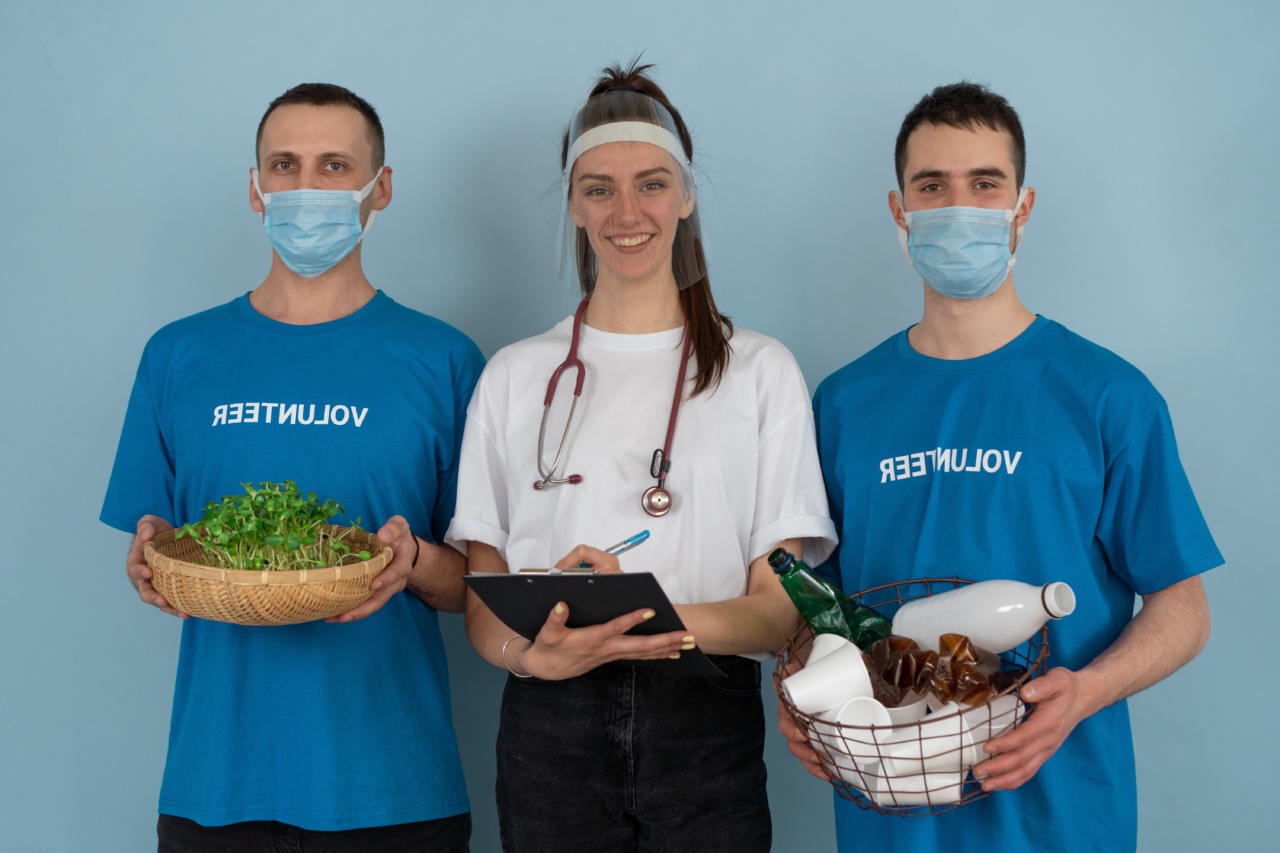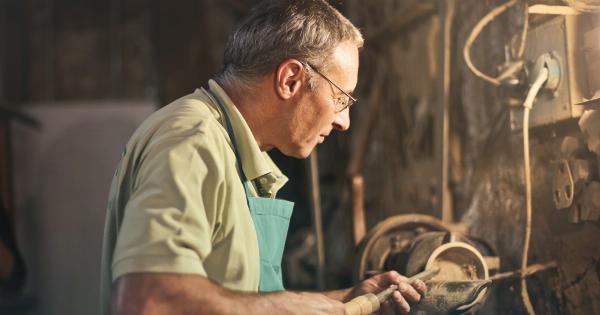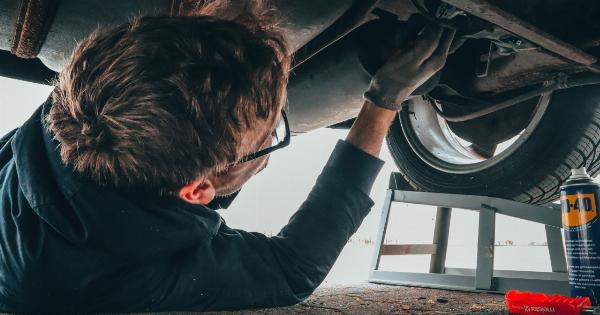Autologous stem cells, derived from a patient’s own body, are increasingly becoming a popular choice for meniscus surgery. They help promote tissue regeneration and repair, reducing inflammation and improving recovery time.
In this article, we explore how autologous stem cells are changing the landscape of meniscus surgery, and ushering in a brighter future for patients.
What is the Meniscus?
The menisci are two crescent-shaped, rubber-like pieces of cartilage located in the knee joint. They serve to absorb shock and distribute weight, thus protecting the knee from wear and tear. Unfortunately, the meniscus is susceptible to injury.
A sudden twisting or rotational movement of the knee, such as during sports or physical activity, can result in a meniscus tear. This can cause pain, stiffness, swelling, and difficulty moving the knee.
The Traditional Approach to Meniscus Surgery
The traditional approach to meniscus surgery, called a meniscectomy, involves removing the damaged portion of the meniscus altogether.
Unfortunately, this can often lead to long-term knee problems and even osteoarthritis, as the meniscus plays an important role in maintaining the joint’s stability and cushioning.
The Promise of Autologous Stem Cells in Meniscus Surgery
Autologous stem cells are cells derived from a patient’s own body. They have the remarkable ability to promote tissue regeneration and repair, while reducing inflammation. This makes them an ideal candidate for use in meniscus surgery.
One study published in the Journal of Translational Medicine showed that patients who received a single injection of autologous stem cells after meniscus surgery experienced significant improvements in pain, function, and quality of life compared to those who did not receive the injection.
The Procedure of Meniscus Surgery with Autologous Stem Cells
The procedure of meniscus surgery with autologous stem cells involves harvesting stem cells from the patient’s own body, typically from the bone marrow or adipose (fat) tissue.
The stem cells are then isolated and concentrated in a laboratory setting, and injected directly into the site of the meniscus tear.
These stem cells then work to promote the regeneration and repair of damaged tissue in the meniscus, while also reducing inflammation and improving recovery time.
Because the stem cells are derived from the patient’s own body, there is little risk of rejection or adverse reactions.
The Benefits of Meniscus Surgery with Autologous Stem Cells
Meniscus surgery with autologous stem cells provides several benefits compared to traditional meniscectomies:.
- Promotes tissue regeneration and repair
- Reduces inflammation and swelling
- Improves recovery time
- Lowers risk of long-term knee problems and osteoarthritis
- Uses cells derived from the patient’s own body, eliminating the risk of rejection or adverse reactions
Conclusion
Autologous stem cells represent a promising technological advancement in the field of meniscus surgery.
They offer a safe, effective, and non-invasive alternative to traditional meniscectomies, with the potential to promote tissue regeneration, reduce inflammation, and improve recovery time. As research in this area continues to progress, it is likely that we will see more widespread adoption of autologous stem cells in meniscus surgery, and a brighter future for patients.




























